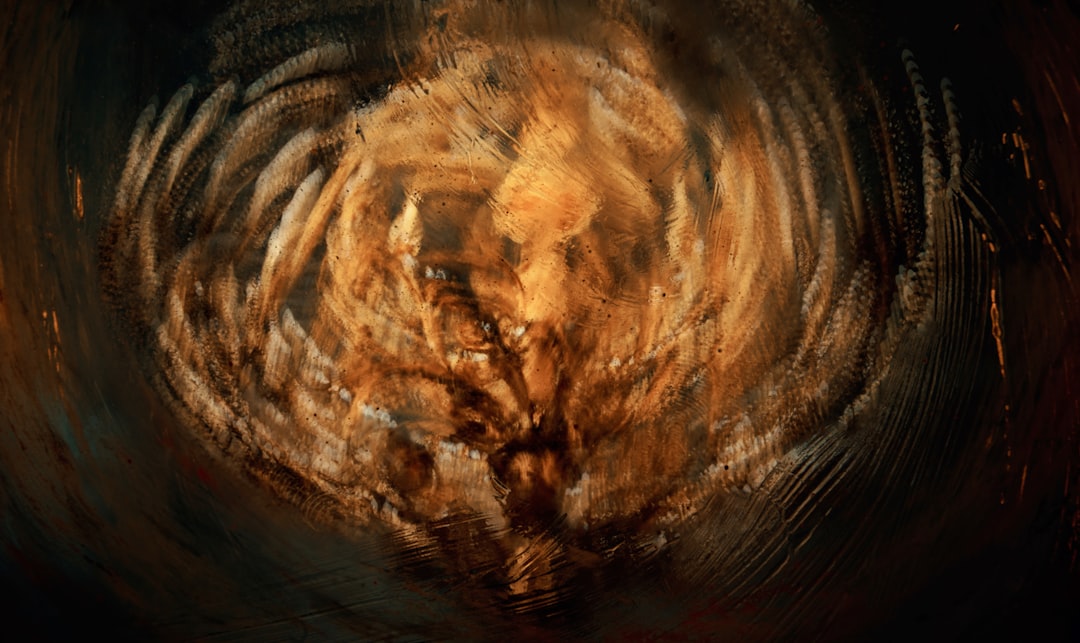What is it about?
Early medieval fortresses and fortifications in southern Germany, and consequently both within the Frankish region and in the region influenced by the Franks, usually filled more than one function. Indeed, even large-scale fortifications, which sometimes are denoted simply as refuges (Germ. Fluchtburgen) often can be identified as multi-functional. Fortresses were a central tool of rule for kings, the church, and the high nobility beginning in the seventh century, and then especially again during the tenth century. This was equally true in the context of the development of territorial lordships, and in the assarting and development of new lands, both within long-settled areas and on the frontier, from the tenth century onwards, and went hand in hand with the development of new types of fortifications. In addition, fortifications also served as symbols of power. The nobility certainly always had a part to play in these developments, and sometimes a decisive role. Thus, rather than a “dark century,” the tenth century saw a flowering in the construction of fortresses and fortifications, which were more multifunctional, multi-dimensional, and differentiated than had been true at any other period in the early Middle Ages.
Featured Image
Read the Original
This page is a summary of: The State of the Question Regarding Early Medieval Fortress Construction in Southern Germany, History Compass, February 2014, Wiley,
DOI: 10.1111/hic3.12133.
You can read the full text:
Contributors
The following have contributed to this page










